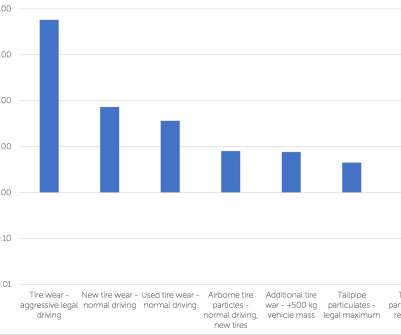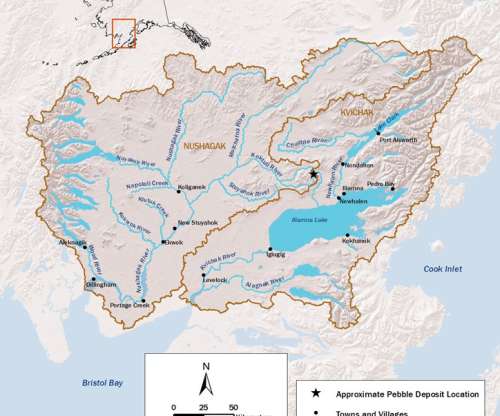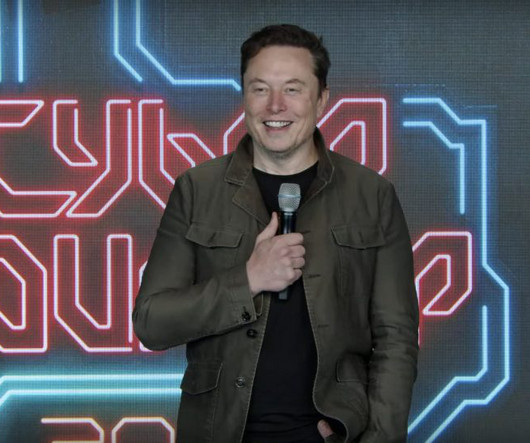UK government launches new clean air strategy; ending sales of conventional diesel and gasoline LDVs by 2040
Green Car Congress
MAY 22, 2018
UK Environment Secretary Michael Gove published a new Clean Air Strategy to cut air pollution backed up through new primary legislation. To work with international partners to research and develop new standards for tires and brakes to address toxic non-exhaust emissions of micro plastics from vehicles which can pollute air and water.





















Let's personalize your content